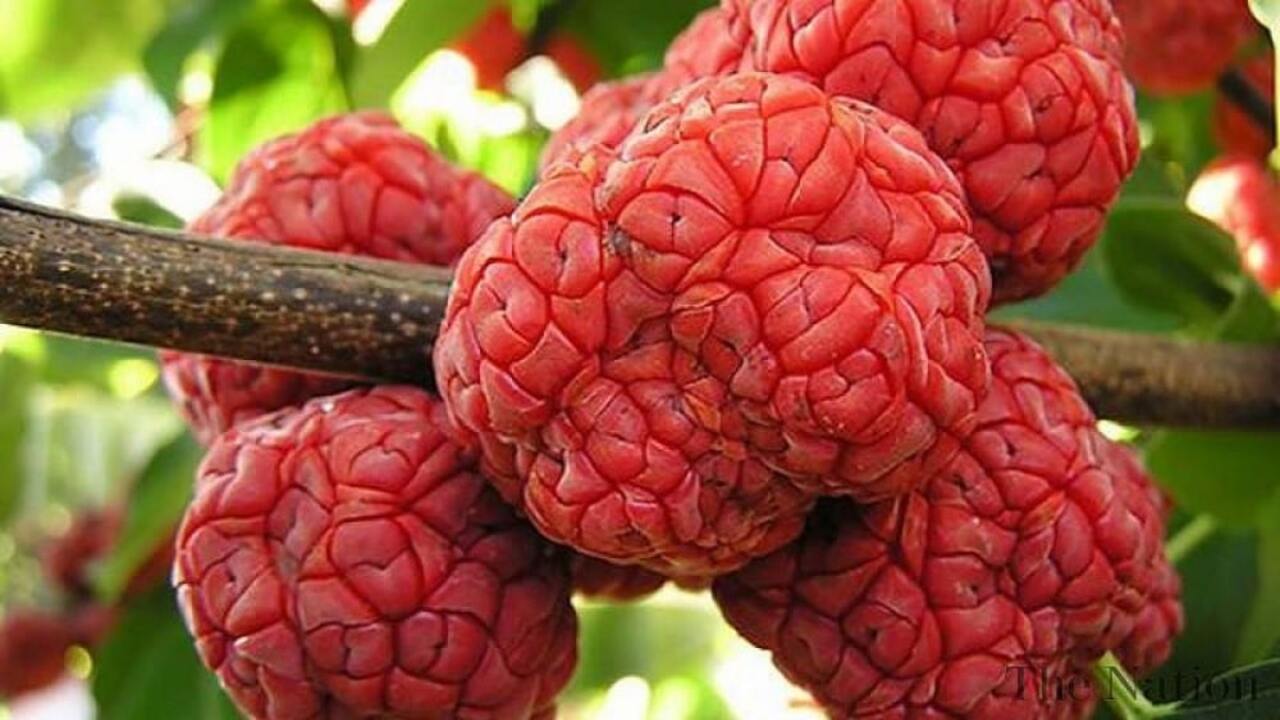Hybrid Mulberry Plant, protein mulberry plants, as well as planting technology, is being introduced by a Chinese gardener in Pakistan.
The owner of a Chinese mulberry garden is keen on introducing protein mulberry plants, planting technology, and mulberry leaf processing equipment in Pakistan after successfully conducting a yield test in Xinjiang.
Both Pakistan and China have similar climates and a large customer base that have attracted Wu Zhanwen, the owner of Runze Protein Mulberry ecological garden in China’s Zheng Ding county, to consider bringing these plants to the country.
He said, “With an annual turnover of RMB 20mln, our protein mulberry garden changed local farmers’ livelihood, for protein mulberry planting. We mobilized over 76 acres of land and provided jobs for over 200 households”.
The Chinese Academy of Agricultural Sciences has developed the protein mulberry — a hybrid type of mulberry that retains a higher level of protein in comparison to other types of the mulberry plant. Its leaves’ highest protein content is 36 percent, while that of its branches is 28 percent.
The protein mulberry is native to the northern part of China primarily due to its resistance to drought, heat, and cold, and it has a life cycle of almost 20 to 30 years. It is used in traditional Chinese medicine (TCM), and food and beverage industries.
Wu explained that more than 19 million people are suffering from diabetes in Pakistan (as per statistics), and protein mulberry-related products can be beneficial for the country in this regard.
Moreover, compared to other types of the mulberry plant, the lignified fiber in protein mulberry leaves is relatively low, so it can be consumed by the human body directly. Locals in my county cook the fresh protein mulberry leaves into different delicious cuisine and we process the rest into different products such as mulberry leaf tea, mulberry leaf powder.




